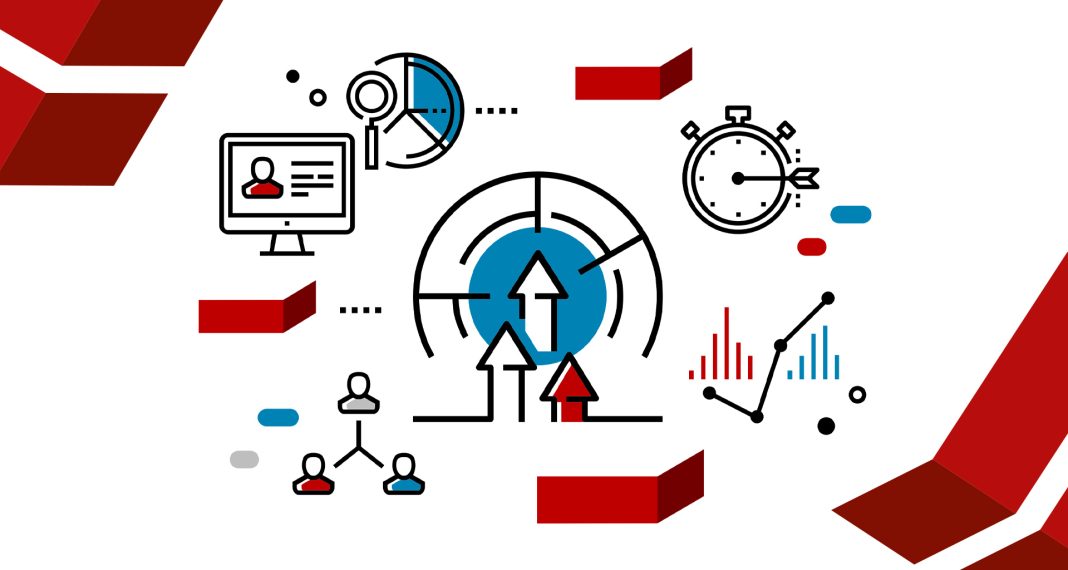
Key Inflation Gauge Remains High Ahead of Expected Interest Rate Cut
As the Federal Reserve prepares for a possible policy pivot this month, a key inflation metric continues to pose a challenge. Supercore inflation, which measures prices of services excluding food, energy, and housing, saw a significant increase of 0.3 percent in August, marking its largest monthly increase in four months. Compared to last year, supercore inflation is up by 4.5 percent, and it has doubled since pre-pandemic levels. While supercore has decreased from its peak of over 6 percent in late 2022, it is not making as much progress as the broader consumer price index (CPI). This is primarily because core goods inflation has been on a downward trend for 14 out of the last 15 months, while services inflation remains a challenge for the US economy.
Understanding Core Inflation and Its Significance
Core inflation is considered a crucial indicator because it provides insights into future inflation trends. According to St. Louis Fed economists, core inflation has proven to be a reliable predictor of inflation compared to other measures. For monetary authorities, supercore inflation can better demonstrate how labor, which is the largest expense for businesses, influences inflation. Services play a significant role in the economy, with industries such as leisure and hospitality, health care, retail, and finance dominating a significant share of US payrolls. As a result, changes in service-sector wages can significantly impact the CPI. However, it’s important to note that supercore is just one of many inflation gauges, and examining the differences between these measures can shed light on various sources of inflationary pressures.
Persistent Inflation and Potential Factors
Despite efforts to combat inflation, economists argue that the task remains unfinished. The Atlanta Fed’s sticky-price CPI, which focuses on consumer goods and services with infrequent price changes, has remained above 4 percent for 31 consecutive months. Taylor St. Germain, an economist at ITR Economics, highlights the gradual increase in the US M2 money supply since February as a potential factor contributing to inflation. Additionally, a series of interest rate cuts by the Federal Reserve could revitalize price pressures. Experts at Euro Pacific Capital Management point to three sectors that raise concerns about a potential inflation revival. Medical care inflation, which is often sticky due to structural issues within health care pricing and policy, has risen by 3.2 percent from a year ago. Shelter costs, including rent and owner’s equivalent rent, have also increased, influencing the CPI. Finally, transportation services inflation has risen by 0.9 percent monthly in August and is up by 7.9 percent year over year.
Implications for Monetary Policy
The various data points on inflation may influence the Federal Reserve’s approach to monetary policy adjustment. Fed Chair Jerome Powell has indicated that rate cuts are imminent, and the first policy pivot is expected at the September Federal Open Market Committee meeting. The debate among traders and economists is whether the rate cut will be a quarter-point or half-point reduction. There is a split among traders, with a 51 percent probability for a 25-basis-point reduction and a 49 percent probability for a 50-basis-point cut. Bond markets have already priced in 10 rate cuts over the next year. Fitch Ratings’ chief economist, Brian Coulton, suggests that the Fed is likely to adopt a slow-and-steady approach to monetary policy adjustment due to the need to address services inflation. However, ING economists anticipate a more aggressive approach from the Fed, with 100 basis points worth of cuts by the end of the year.
The Risks of Premature Easing and Future Outlook
Monetary policy officials have cautioned against easing prematurely, as it could potentially reignite inflation. Atlanta Fed President Raphael Bostic warns that history shows that loosening monetary policy too early can have long-lasting effects on inflation. If the Fed’s rate-cutting efforts fuel inflation, the central bank may need to pivot to tighter monetary policy. However, this would require the Fed to have the courage to make such a move. The Fed’s next policy meeting is scheduled for September 17 and 18, where the updated Summary of Economic Projections will provide insights into the direction of policy and economic data.


